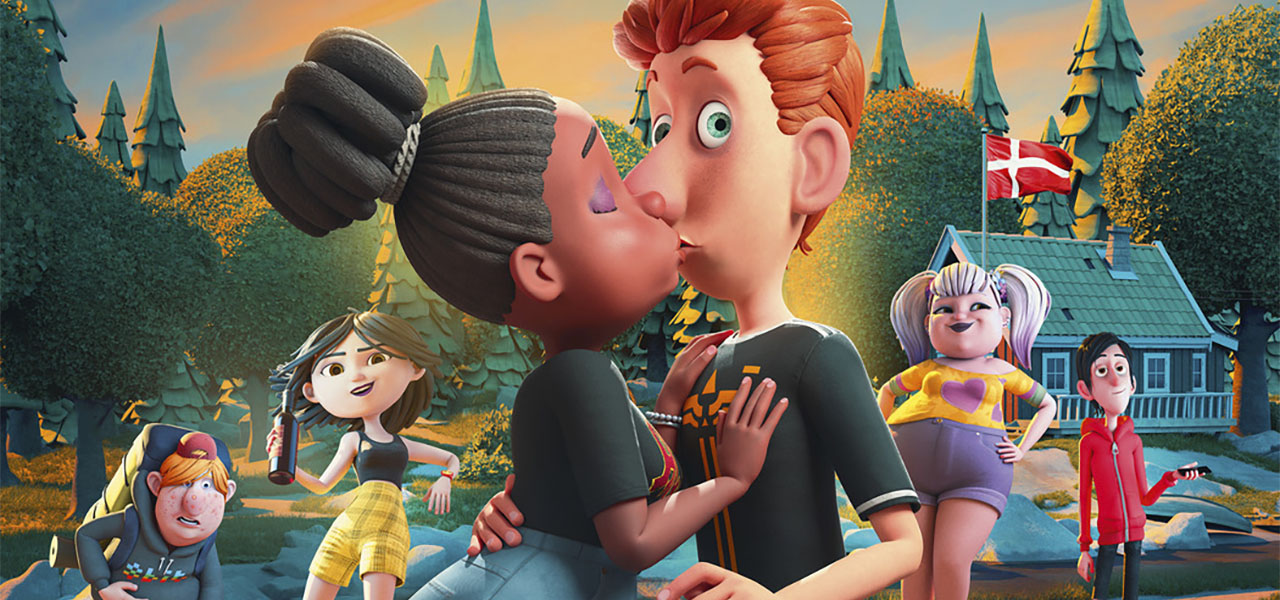

Could 2025 Be The Year That Norwegian Animation Breaks Out On The Global Scene?
In the last week of October 2024, Nordic and Baltic animation professionals gathered for Norway’s main animation event, the Fredrikstad Animation Festival.
This year’s event presented a wide variety of Norwegian films, indicating a lively animation industry, despite recurring challenges in funding and workforce besetting the nation. After the festival, Cartoon Brew discussed the challenges and creative direction of the Norwegian animation industry, speaking with Tonje Skar Reiersen, head of the organization Nordic Animation and a producer at Mikrofilm, and Thomas Malmonte, producer at Animaskin and industry coordinator for Fredrikstad’s Production Day event.
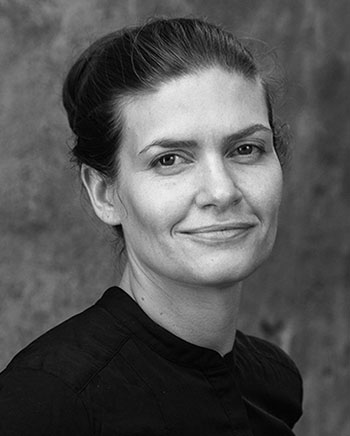
According to Reiersen, the coronavirus pandemic helped shine a light on Norwegian animation, especially in the feature film department. “Before COVID, there were only one or two local animated feature films released in Norway annually, sometimes none at all,” she said. “[In 2024], there will be four, and in 2025 we expect eight Norwegian productions to be released nationwide.”
She attributed the growing output to the renewed popularity of animation in the live-action industry. “Many of these feature films are carried out by live-action producers,” she observed. “Also, Norway has long had a strong culture of independent animated short films and family feature animation. But a new trend, spearheaded by exciting projects such as Qvisten’s Spermageddon or Mikrofilm’s Pesta, is opening new perspectives, with features aimed at young adults.”
Spermageddon – a raunchy, cg-animated musical set partly in a relationship between a pair of inexperienced Norwegian teens, and partly in the adventures of a timid sperm – is scheduled to release next month in Nordic countries and France later in the year, and stands at the forefront of this new wave of Norwegian features. The film made a thunderous debut at the Annecy Animation Festival last year, where it received tremendous approval from festivalgoers at its midnight screening.
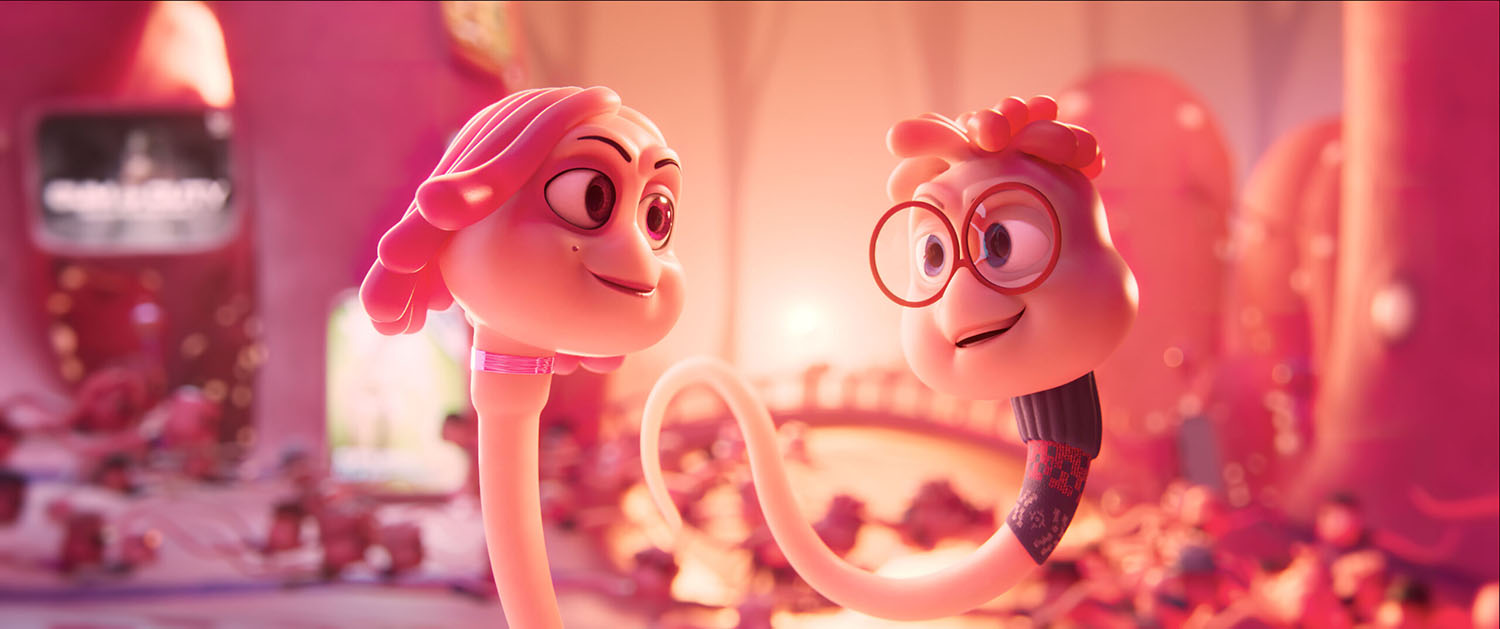
Norway’s biggest animation studio, Qvisten, produced Spermageddon on a tiny budget of 3.5 million euros ($3.58 million USD). For co-director and studio founder Rasmus A. Sivertsen, this is also a strength of the Norwegian animation industry. The studio has has typically dealt with small budgets, which has inspired the studio to explore new technologies and strategies. Sivertsen told the audience at Fredrikstad:
At Qvisten, we are always looking for ‘tech that saves a buck.’ That’s why we have found ourselves to be ‘software agnostics.’ At every step of our process, tools have to be challenged. We do not believe in a single software approach. Rather, we explore applications and avoid [technology] ‘silos’ at all costs. That has helped us produce our films in-house for almost 30 years. It is important to state that endless budgets are not always the answer. Sometimes the budget-restraints push us to make stronger story-choices. It is in our DNA to choose the most effective [production methodologies], and the strongest ways to tell the story within our means.
Raymond Kreppene, chief technology officer at Qvisten, added that the studio had invested and built a standardized USD-based pipeline – using ‘Universal Scene Description,’ an open-source project facilitating asset management – that has also helped them achieve a higher quality of animation without ballooning budgets.
“We do cut a lot of corners and rely on automation where the results are good enough that only the artists will notice the flaws,” Kreppene said. “But in the future, we are confident that our USD-pipeline foundation will support much larger productions.” Kreppene anticipates the need to develop new technology, but he remains focused on structuring his team. “Growing from 80 dedicated talents to a team of 200 will require us to redefine responsibilities, introduce new roles, and adjust existing ones to support the expanded workforce. The challenge is to keep it efficient with a bigger team.”
The studio asserts that ‘crunching,’ or exploiting manpower, is not part of the studio’s mandate. “We had some heavy moments while we have been working on multiple productions,” Sitversen conceded. “But we try to avoid those and stay true to our forward-looking approach. Every project at Qvisten has to pay what we call ‘development tax.’ It allows us to improve our know-how as we develop our tools for upcoming productions and it eases the workload for our teams.”
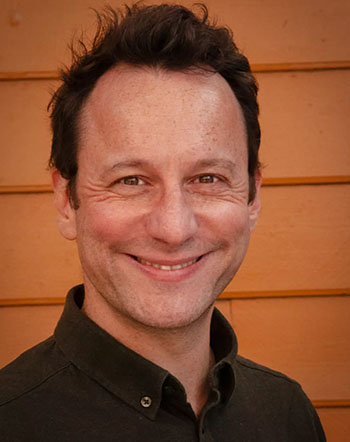
For Thomas Malmonte, a French producer who moved to Norway two years ago, Norwegian work culture is a blessing. “Frankly, there is no ‘crunch’ here,” he told Cartoon Brew. “Work hours are steady, and as the days finish early, so does the work. On Fridays, everybody leaves early to hit the ‘hytte’ – their small and remote country house. It’s very healthy.”
“A good work-life balance is key to us in Norway,” added Reiersen. “That doesn’t mean that labor is more expensive than elsewhere. It’s quite the opposite. I believe there is potential for even more international growth.”
The growth is taking root at Mikrofilm, where Reiersen has launched several 2d feature co-productions. These include Titina – a Norwegian airship adventure – and The Ape Star (nominated for the European Film Award) with Denmark’s Nørlum and the main Swedish producer Lee Film.
Meanwhile, another Norwegian production company, Maipo Films, delivered The Polar Bear Prince this winter – a Scandinavian folk tale about a prince who is transformed into a bear – which was a French and Belgian co-production. “These films were made with a small budget compared to US animation budgets,” noted Reiersen, “but the quality is high. That helped us gain recognition in Europe, even though we’re not yet on American radars.”
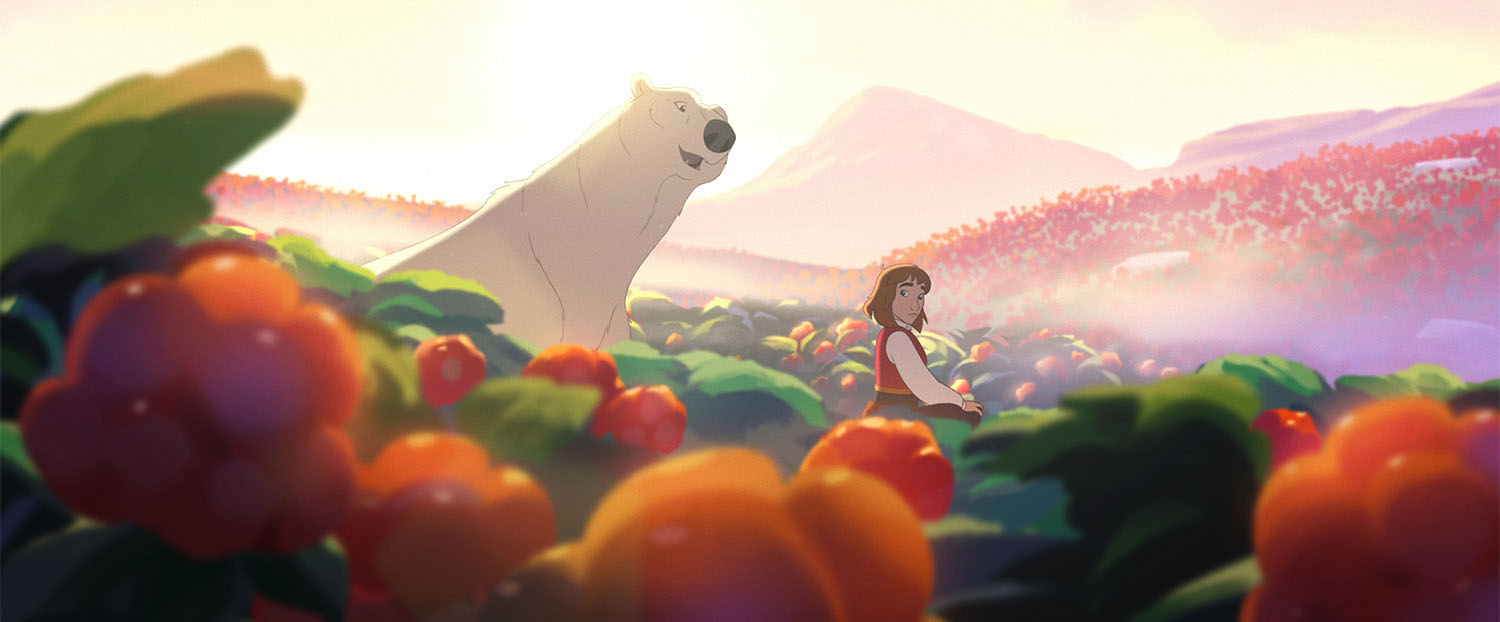
International recognition for Norwegian animated films, Reiersen believes, is only a matter of time. The optimism is based on Reiersen’s experience working with the Animation Norway branch of the National Producers Association. “Producing animation in Norway today, we face two major challenges,” Reiersen said. “Firstly, we lack funding opportunities. National and Nordic TV broadcasters have small budgets, and there is no tax incentive strong enough to support the rise of the industry right now. Secondly, there is only one animation school in Norway, and we have to train local talents if we want to outsource less. If we can go beyond those two challenges, there could be a boom in Norway similar to what happened in Ireland.”
The boom may well be under way, with the help of local events such as Fredrikstad, expanding European markets, and co-production forums like Cartoon Movie. The latter has selected five Norwegian animated features to be pitched at its 2025 edition, to take place this March in Bordeaux, France.
“There is energy here,” said Malmonte. “You can feel it when talking to producers and the directors all over Norway. Studios such as Mikrofilm, Klipp og Lim, or live-action production houses such as Zwart Arbeid, and many others – they all want to do more. It’s a very enthusiastic and super-active industry, and with the right backup for features and tv series, that could be the spark the industry needs to reach the next level.”

“We already have a good funding system in live-action,” concluded Reiersen, “and international ambitions are growing. Our animation industry is now filled with original stories aimed at a global audience, and we are exploring the U.S. market as well as Asia. I believe that with stronger backup and a good tax rebate system, the industry will blossom. Basically, it’s ready.”
Pictured at top: Spermageddon.
